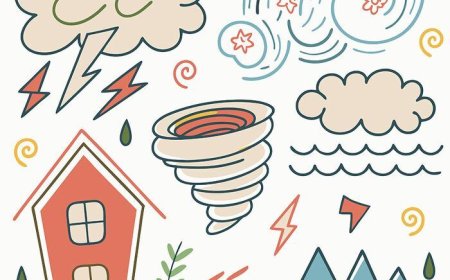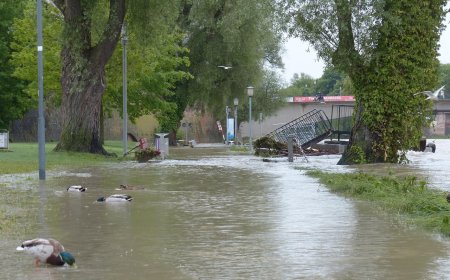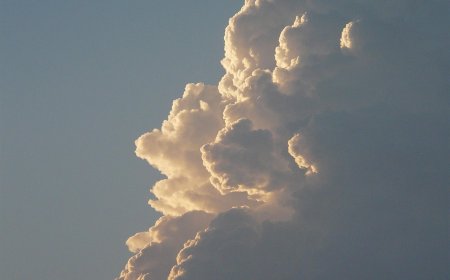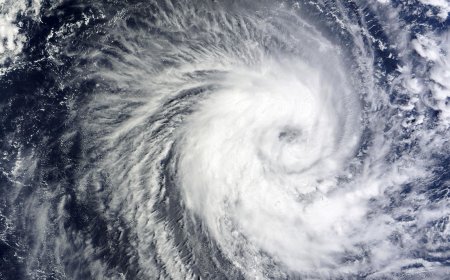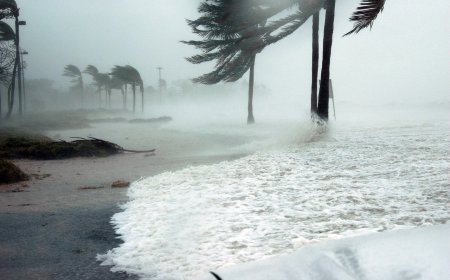Tornado Facts for Kids – What They Are & How They Form
Learn about tornadoes for kids. Discover what tornadoes are, how they form, where they happen, and important safety tips to keep you and your family safe during a twister.
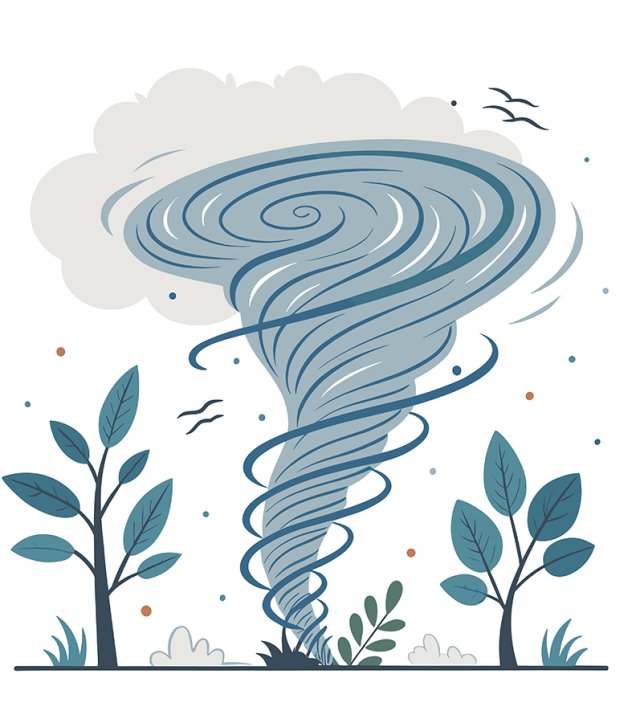
🧭 Introduction
A tornado is one of nature's most powerful and dangerous storms. It appears as a spinning column of air that touches both the ground and a cloud above, often causing great damage along its path. Tornadoes can tear roofs off houses, flip cars, and destroy trees in seconds. They're also known as twisters because of their swirling shape. Though they are quick and short-lived, tornadoes leave a big impact. Knowing how tornadoes form and how to stay safe is very important, especially in places where they happen often.
🌬️ What Is a Tornado?
A tornado is a fast-spinning column of air that stretches from a thunderstorm cloud down to the ground. It can have wind speeds from 65 mph to over 200 mph. Tornadoes can be skinny like a rope or wide like a massive funnel. Most tornadoes last only a few minutes, but they can cause major destruction in that short time.
Tornadoes are made of rotating air that moves in a spiral. This rotation creates a funnel cloud, and if it touches the ground, it becomes a tornado.
🌀 How Do Tornadoes Form?
Tornadoes form from powerful thunderstorms, especially ones called supercells. These storms have rotating updrafts-warm air rising and spinning.
Here's what needs to happen:
-
Warm, moist air near the ground meets cool, dry air from above.
-
Wind at different heights moves at different speeds or directions, creating wind shear.
-
This causes a horizontal spinning tube of air to form.
-
A strong updraft tilts this tube into a vertical spinning column.
-
If the rotating air tightens and stretches downward, it forms a funnel cloud.
-
When the funnel touches the ground-it becomes a tornado.
This process can happen very quickly, and tornadoes often appear with little warning.
🧪 How Are Tornadoes Measured?
Tornado strength is measured using the Enhanced Fujita Scale (EF Scale), which ranks them based on how much damage they cause:
-
EF0 - Weak: 65-85 mph winds; light damage (broken branches, shingles)
-
EF1 - Moderate: 86-110 mph; damage to roofs and fences
-
EF2 - Strong: 111-135 mph; uprooted trees, mobile homes destroyed
-
EF3 - Severe: 136-165 mph; major roof and wall damage
-
EF4 - Devastating: 166-200 mph; houses leveled
-
EF5 - Incredible: Over 200 mph; complete destruction of buildings
Most tornadoes are EF0 or EF1, but EF4 and EF5 tornadoes are the most dangerous and deadly.
🌍 Where and When Do Tornadoes Happen?
Tornadoes can happen anywhere in the world, but they are most common in the United States, especially in an area called Tornado Alley. This includes parts of Texas, Oklahoma, Kansas, Nebraska, and South Dakota.
Tornado season in the U.S. is usually from March to June, but tornadoes can happen at any time of year, especially if there is a strong storm.
Most tornadoes happen in the afternoon or early evening, when the ground is warm and storms are strongest.
⚠️ Tornado Safety Tips
Because tornadoes happen fast and can be very dangerous, it's important to know what to do:
-
Go to a safe place right away-a basement or an interior room with no windows.
-
Avoid windows, as glass can break from flying debris.
-
Cover your head with your hands, a mattress, or a heavy blanket.
-
Never stay in a car or mobile home-find a sturdy shelter.
-
If you're outside and can't get indoors, lie flat in a low spot, like a ditch, and cover your head.
Watch for tornado watches and warnings:
-
A tornado watch means conditions are right for a tornado to form.
-
A tornado warning means a tornado has been spotted or shown on radar-take cover immediately.
📚 Vocabulary Words
| Word | Definition |
|---|---|
| Tornado | A spinning column of air that touches both the cloud and ground |
| Funnel cloud | A cone-shaped cloud that may become a tornado if it reaches the ground |
| Supercell | A strong thunderstorm with rotating air that may form tornadoes |
| Enhanced Fujita Scale | A scale that measures tornado strength based on damage |
| Wind shear | When wind changes speed or direction at different heights |
💡 Interesting Facts About Tornadoes
-
The fastest wind speed ever recorded in a tornado was 302 mph!
-
Tornadoes can be nearly invisible until they pick up dust or debris.
-
Some tornadoes travel only a few yards; others can go over 50 miles.
-
The Tri-State Tornado of 1925 traveled 219 miles across Missouri, Illinois, and Indiana.
-
Tornadoes have been seen on other planets, including dust devils on Mars!
👧 Kid-Friendly Summary
Tornadoes are fast, spinning winds that stretch from the sky to the ground. They form during powerful thunderstorms when warm and cool air mix and start spinning. Tornadoes can be very strong and cause damage, but we can stay safe by going indoors and listening to warnings. They're one of nature's most powerful forces!
✅ Interactive Quiz
Q1: What is a tornado?
A. A type of lightning
B. A cloud that floats
C. A spinning column of air that touches the ground
D. A rainstorm
Q2: What kind of storm often causes tornadoes?
A. Fog
B. Supercell
C. Blizzard
D. Drizzle
Q3: What tool do we use to measure tornado strength?
A. Heat index
B. Fujita Scale
C. Barometer
D. Thermometer
Q4: What should you do during a tornado warning?
A. Go outside to look
B. Stand by a window
C. Go to a basement or inside room
D. Stay in your car
Q5: Where do most tornadoes happen in the U.S.?
A. Tornado Town
B. Desert Zone
C. Tornado Alley
D. Snow Belt
Scoring:
5/5 = 🌪️ Tornado Expert
3–4 = 🌫️ Storm Smart
1–2 = 📘 Safety First Student


















































